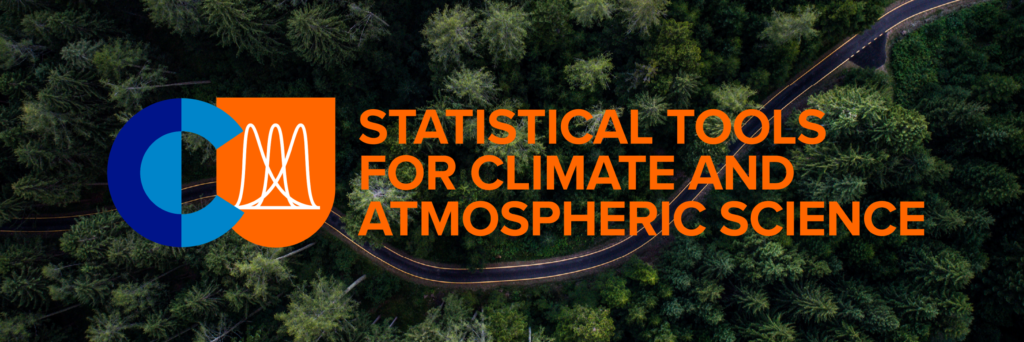
Statistical tools for climate and atmospheric science introduces you to basic statistical methods for analyzing atmospheric and climate measurement data. During the course, you are taught the basic concepts of statistical analysis and the most common explorative analysis methods for measurement data. After the course, you are able to apply these methods to your own measurement data, statistically prove the validity of the method for your data, and report the results in a scientific paper or thesis.
Course learning goals:
- Understand basic terminology of statistical analysis such as variables, distributions and measures of center and variation.
- Know the most common methods of Descriptive and Inferential Statistics
- Identify the types of open atmospheric data and where to find them.
- Know how to conduct more advanced statistical analyses of your data, such as regression, variance and covariance analysis, multivariate methods, linear and nonlinear models, and time series analysis.
- Find the best analysis method for your data and prove the validity of the method.
- Report the results in a scientific form
Course level: Master
Pre-requisities: The students need to be able to use some software capable of statistical computing, e.g. R, Python, SAS or Matlab and know the basics of probability calculus. Climate.now or similar knowledge is recommended.
Scope: 5 ECTS
Available languages: ENG
Authors: University of Eastern Finland and University of Helsinki. The course is done in collaboration with the Nordic-Baltic network and Nordplus funding.
Where to study:
- University of Eastern Finland. Course code: 3352755
- University of Helsinki. Course code: ATM308
- Open access materials
